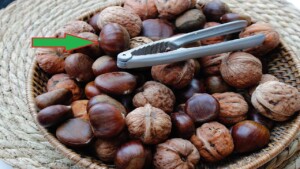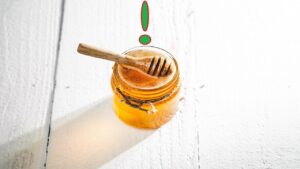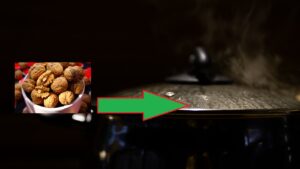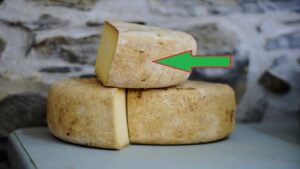3 Tips for Making Tasty and Crunchy Bread at Home
Bread is one of those foods that goes back nearly to the beginning of civilization. It has been key throughout history for avoiding famine, and it has always been available to all social classes due to its cheap production and readily available ingredients. And due to its wonderful taste and utility, it is no wonder that making bread at home has become quite popular. Making bread at home not only allows you to get creative in the kitchen, but it also gives a warm, pleasant aroma to the home. But despite the popularity of baking at home, a lot of things can go wrong in the bread-making process, so we are going to go over three common mistakes people make when making their own bread.

3 Common Bread-Making Mistakes
We will begin by looking at the main ingredient for making bread: flour. There are different types of flour that can be used to make bread, and they act differently when it comes to absorbency and carbon dioxide retention. For example, soft wheat flour is known for giving bread notable mass and an even consistency. Meanwhile, other, weaker flours are less absorbent and more ideal when baking foods that require less time for the leavening process.

When choosing a type of flour at the supermarket, it is essential to read the label and know what you are getting. Look for the letter “W” on the label, followed by a number. If the label reads anywhere from W90 to W150, the flour has a low consistency. W160 to 250 is a medium consistency, and anything over W250 is considered high. To get the best result for your bread, it is best to use a mixture of 70% high-consistency flour and 30% low-consistency.
Water is also going to affect the outcome of our bread greatly. Water is important because it has an impact on the chemical and fermentative reactions that take place when baking bread. Therefore, it is crucial to use the appropriate measurements of water dictated by each type of bread recipe.

Lastly, we need to address salt. Never let your salt come into contact with your yeast. If this happens, the leavening process will be compromised. This is because salt will end up breaking down the yeast’s chemical structures, and as a result, it functions more slowly. To avoid this problem, make sure to wait until after the leavening process to add your salt.





